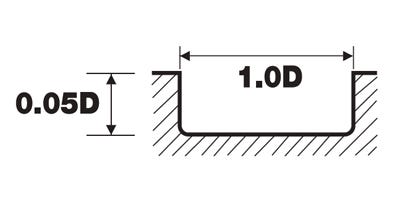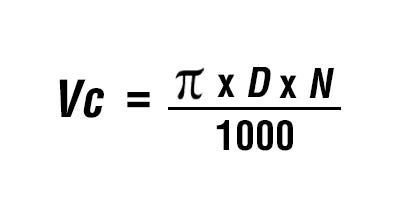Don't have an account?
Creating an account has many benefits: check out faster, keep more than one address, track orders and more.
Or
Checkout as a Guest
Place your order without creating an account for extra convenience.
Understanding the ISO Code System for Turning Tools: A Comprehensive Guide


Contents
All Turning Tools and Boring Bars contain various numbers and letters within their part numbers.
However believe it or not, these actually mean something. So technically, if you scrub up on your ISO coding knowledge you will never need to check for part numbers again, and that’s exactly what we want you to learn in this blog post. In this blog we will look at the turning tool ISO code system, and then in a later article we will analyse the boring bar codes.
Below is an example of a turning tool code and this will be referenced throughout.


1. Clamping Method of Insert
There are 5 different clamping methods on turning tools, these can all vary depending on what insert is clamped, the shape of the tool and also have different levels of rigidity/clamping force. See the legend chart below for what types are available and how they clamp:


2. Insert Shape
This part of the holder code always matches the first letter of the insert that is suited to it. There are slight indicators as to what letter is for what shape, but these are only loosely based on the more popular shapes so shouldn’t be adhered to all the time, such as S= Square Insert, T= Triangle Insert and R= Round Insert, but that’s about as far as it goes in simple terms, please see below the legend chart for all Insert Shapes and the angles of them:


3. Holder Style

The third part of the code is used to determine the style of turning tool. There are many different types which are all primarily based on the approach angle of the tool. These can be found below:


4. Clearance Angle of Insert

The fourth letter of the holder code, which defines the clearance angle of the insert also matches the 2nd letter of the insert that is suited to it. There are various clearancve angles that are available, these can all be seen below:


5. Turning Tool Hand
One of the most important aspects to your tool holder is the orientation – whether it is left hand, right hand or a neutral (centred) type. Having these options can allow you to cut in mutliple directions. Please see to the right a visual representation of turning tool hand types.


6. Height of Shank
Turning tools have 4 sided shanks (as oppose to boring bars which are round) so the height of these can be determined on the 6th part of the code. In the example at the beginning of the article, it states the number 25, which means the height of the shank is 25mm.


7. Width of Shank

Following on from point 6, the width of the shank can be determined by part 7 of the ISO code. So in the example at the top of the article again, the width is 25mm as the code has the number 25 there.


8. Length of Holder
This part of the code signifies the length of the holder. Each letter has a different length and it can be one of the most important things to know when you’re chosen length isnt available. So knowing this can provide alternatives and can help you get your tooling quicker if you hit any problems with availability if taking a different length is suitable.


9. Length of Insert Cutting Edge
This final part of the code recognises the length of the inserts cutting edge that is being used in the tool. So using the example at the top of the article, it has 12 at the end which signifies a 12mm cutting edge length. These numbers will also match the first two digits that are used in an insert. So with the example at the top of the article we now know using points 2, 4 and 9 we can find the insert to suit that holder, In this case it would be SN**12 inserts.
So knowing the codes doesn’t just help you with the tool holders themselves but it also helps you find the inserts to suit. To the right is a chart showing the different cutting edges each insert has and what the lengths are based on:

